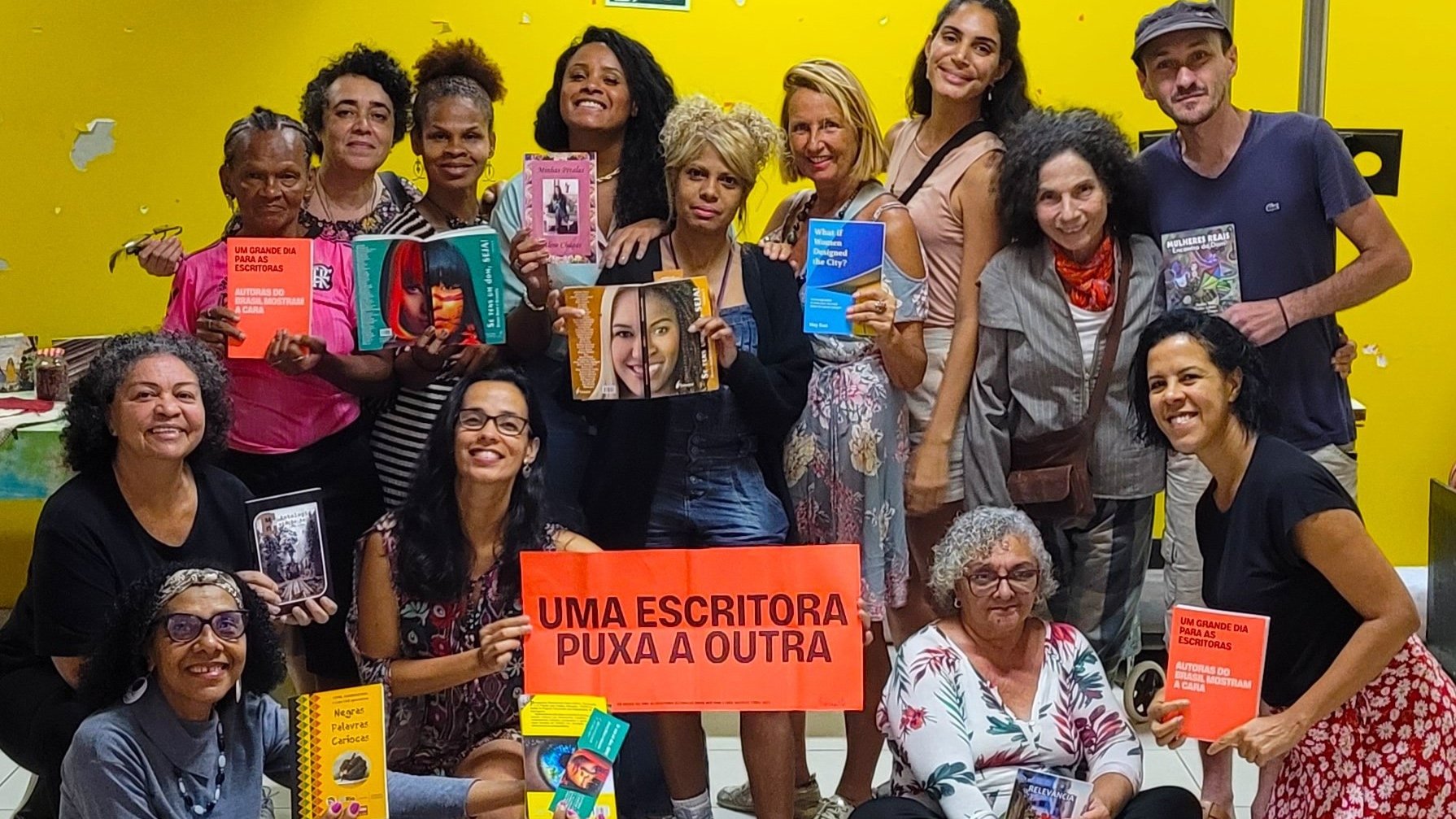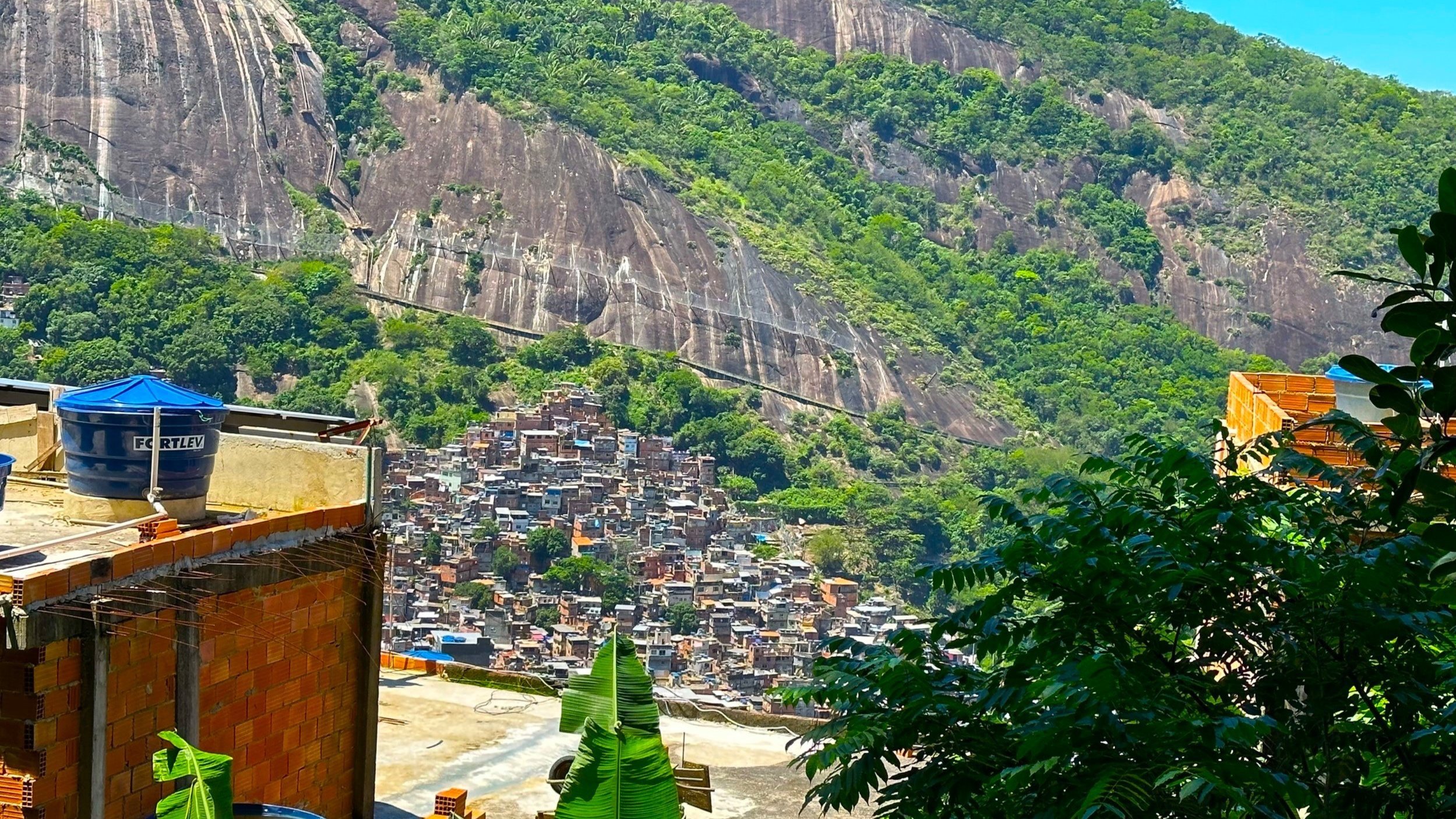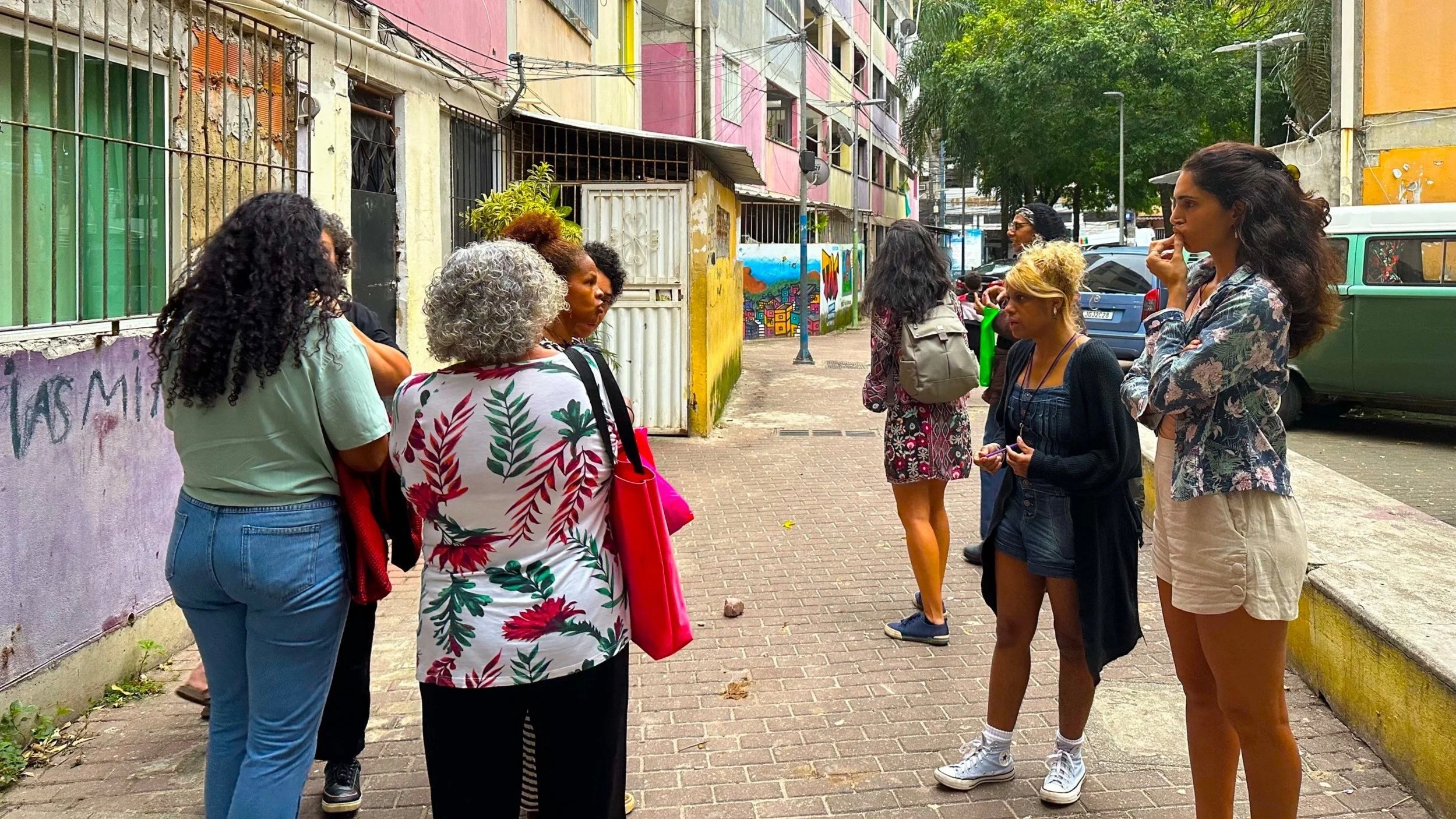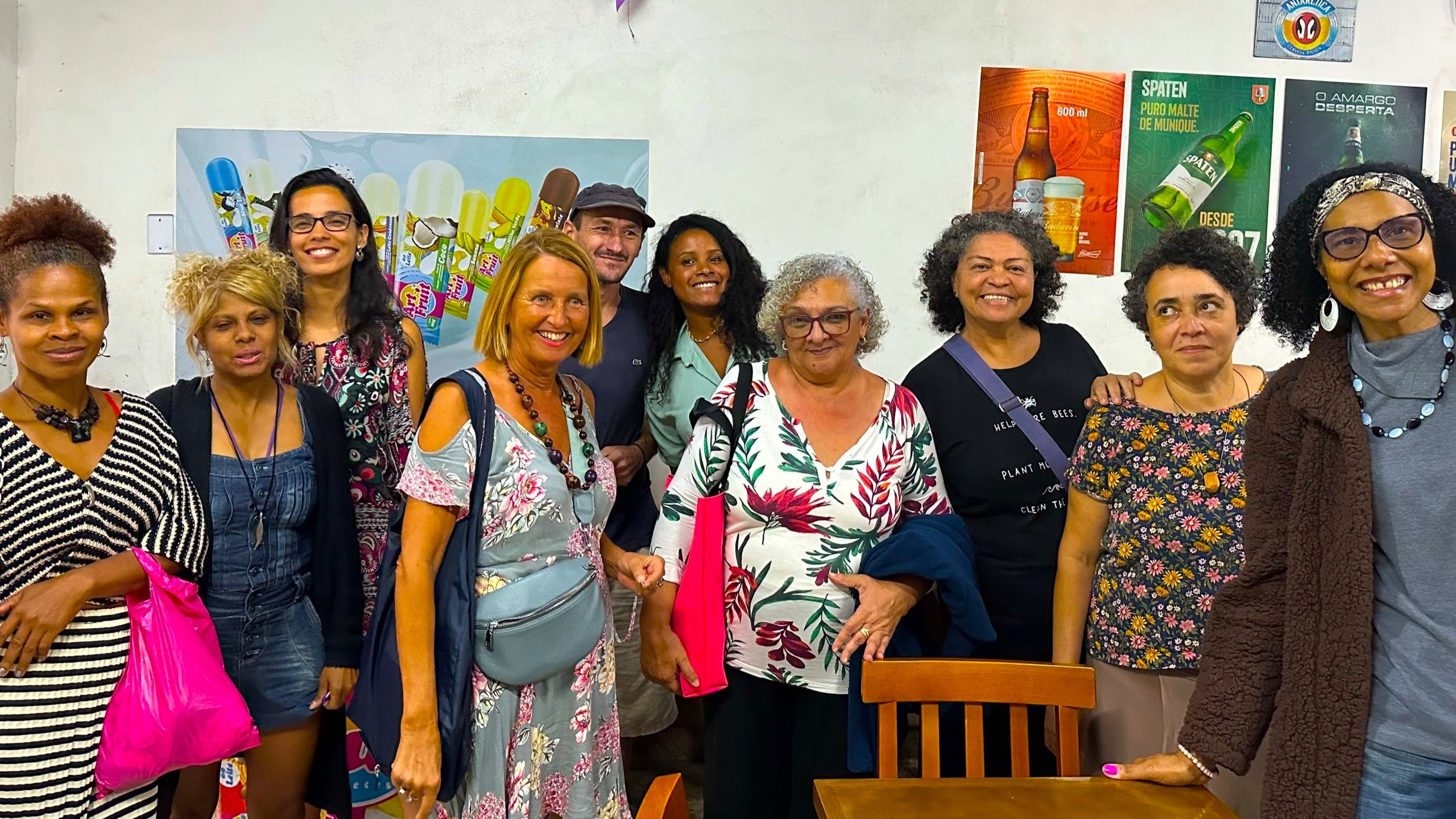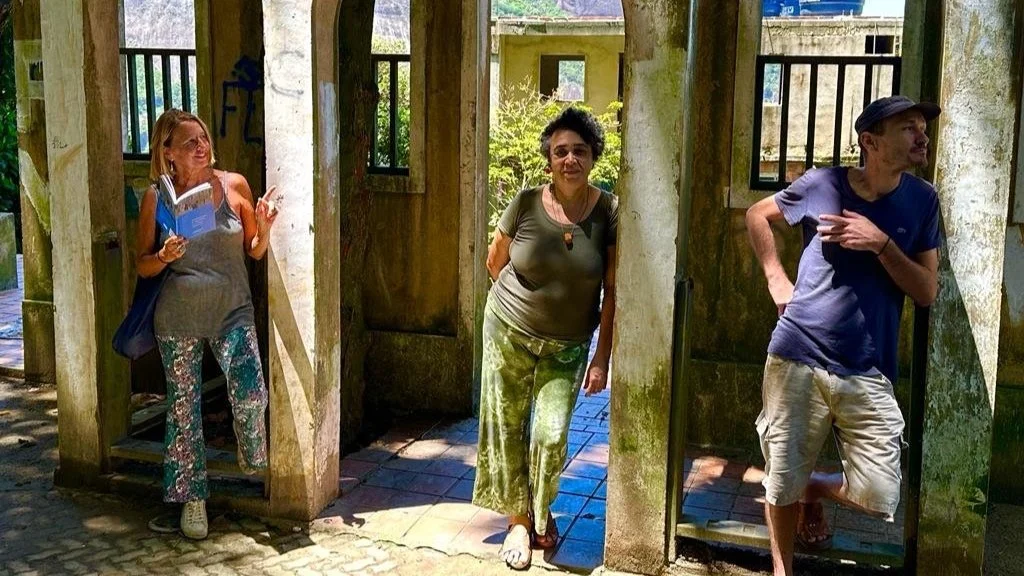Cities, like books, can be read – Slums in Brazil provide some of the most thrilling storylines written by women
One author paves the way to another
Cities, like books, can be read. Slums in Brazil provide some of the most thrilling storylines. With over 10,000 of them spread throughout the country, these informal settlements host more than 17 million people who have fallen out of the housing system and are forced to creatively fend for themselves. Known as ‘favelas’, they typically emerge when squatters occupy vacant land at the city’ edges and construct their homes using salvaged materials. Once they are settled into a particular location, they must learn the ropes of living in densely populated communities with limited resources.
It is important not generalise slums as homogenous territorial entities sharing the same traits and trends. Each of them possesses their own unique characteristics. Their elders hold the memory of the first land occupations. Their topography influences their social relations and informal economies. Their demographic composition evolves through different migration flows. Their ecological environments display a multitude of stresses. And their cobbled together infrastructures shape the health and wellbeing of their inhabitants.
UN-Habitat organizes slums into two broad categorisations: slums of hope, identified as ‘progressing’ settlements, and slums of despair or declining neighbourhoods undergoing a process of degeneration.
Despite its large population, Rocinha takes up less than a square mile of land.
Rocinha (little farm in Portuguese) is considered the second most populous favela in Brazil, home to about 200,000 people. Located in Rio de Janeiro's South Zone on a large hillside overlooking the city and surrounded by Atlantic Forest, as with most informal slum areas, Rocinha began as a settlement for migrants from the Northeast Brazil who hoped to make their living in the city, with no opportunities to enter the formal housing market. Their illegal occupation resulted in an extremely dense area. With Rio’s expansions, over time the area became centrally located and well-connected with a tube station at its’ doorsteps.
Rua 4 Inaugurated by President Lula as a strategy to upgrade housing and health conditions
In 2010, then-President Lula inaugurated Rua 4, a street development project that revamped a previously decrepit area with the highest incidence of tuberculosis in the state. With the new residential street came improved housing, green spaces, playgrounds and commerce boosting the local economy. Today, almost all the houses in Rocinha are made from brick and mortar. Some buildings are three or four storeys high and almost all houses have basic sanitation, plumbing and electricity. Commerce and services are mixed with housing, which primarily occupy the floors above street level. Businesses such as banks, pharmacies, grocery stores, shops, bars, a post office, and a locally based channel – TV ROC (TV Rocinha) – make up the rich economy of Rocinha that is classified as ‘favela bairro’, or favela neighbourhood.
While Rocinha possess a large population, it occupies less than a square mile of land. This extreme lack of space, forces families to build houses on top of one another. It also creates a tightly knit environment of co-existence between residents, gangs, protectors, drug dealers, militias, and a whole stratum of creatives. It is in this lively maze of narrow footpaths interlinked to few central roads where public life comes together. It is on the street that friends meet and community issues are discussed. Amongst this buzz of human interaction, a group of women writers, poets, artists and ‘artivists’ meet to reflect on and write about the richness of the restless, forward thinking, hopeful life of Rocinha.
Rocinha writers collective – solidarity at its heart
“Can we speak of strong social relations or forced cooperation?”
In my recent book What if Women Designed the City? I introduce the concept of ‘presency’. This concept blends the words presence and agency, combining both meanings. It adopts the concept of presence as a mindful way of paying attention to life, moment by moment, combined with agency, understood as critical awareness of the context and capacity to act.
The women writers of Rocinha practice their ‘presency’ daily as thoughtful actors, who are transforming themselves in the process of writing about and changing their environments. While they reflect on the everyday reality of their territory, they act by supporting more writers through their campaign ‘Each Writer Paves the Way for Another’.
By practicing their ‘presency’, these poets, writers, novelists, and storytellers also acknowledge that profound changes in their slum community, seldom emerge from ‘unrepresentative’ policy-making processes, nor from purely functional and technical changes to urban infrastructure. Rather, changes in their territory transpire through poetry, solidarity, conversations, collective readings, and arts projects.
These women draw inspiration from Rocinha’s expressive, fun, warm and sometimes dangerous street life. The vitality of Rocinha’s self-developed, self-governed streets is born out of necessity. But the collective of writers do not fall victim to their multifaceted living situation.
For so long, favelas have been a byword for gang violence, drug dealing and deprivation. The women writers of Rocinha are rewriting their timeworn story. In place of fear and despair, their chapter headlines potential and hope.
New storylines permeated by potential and hope
My book What if Women Designed the City? 33 leverage points to make your city work better from women and girls can be ordered from Triarchy Press

